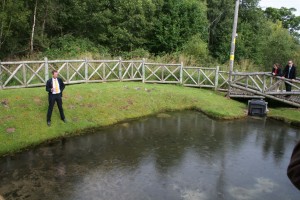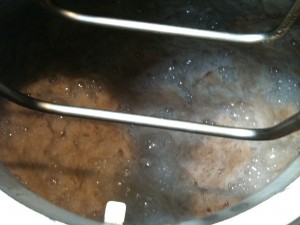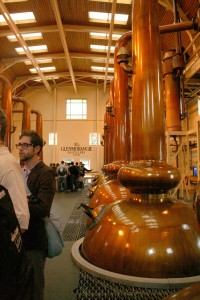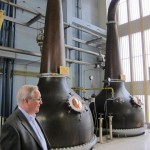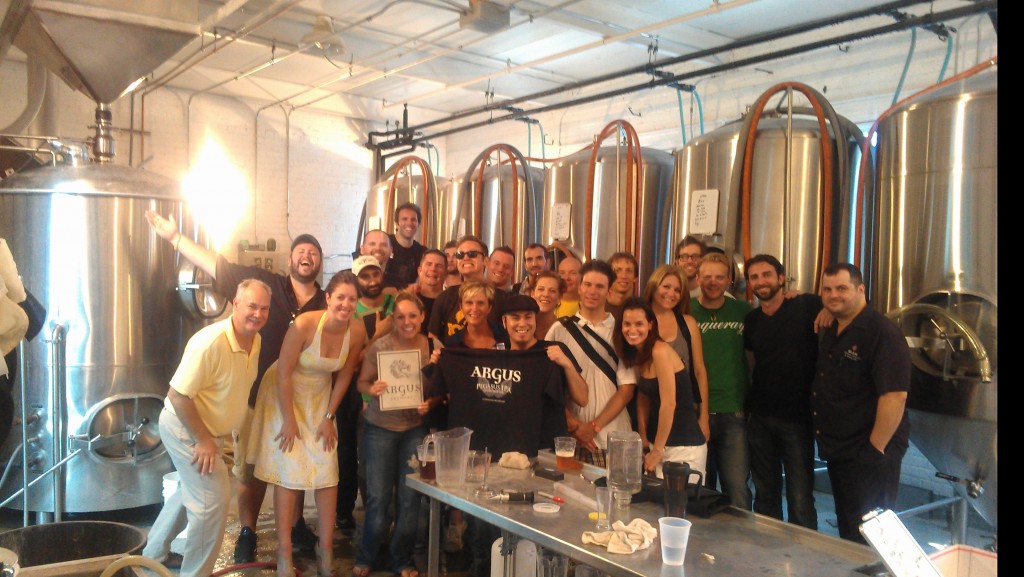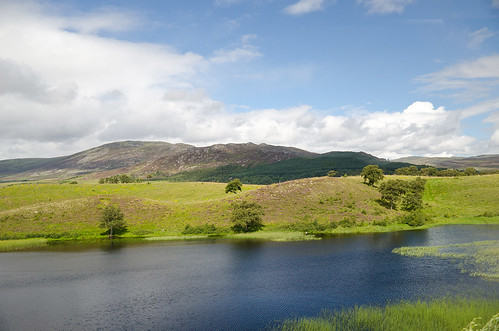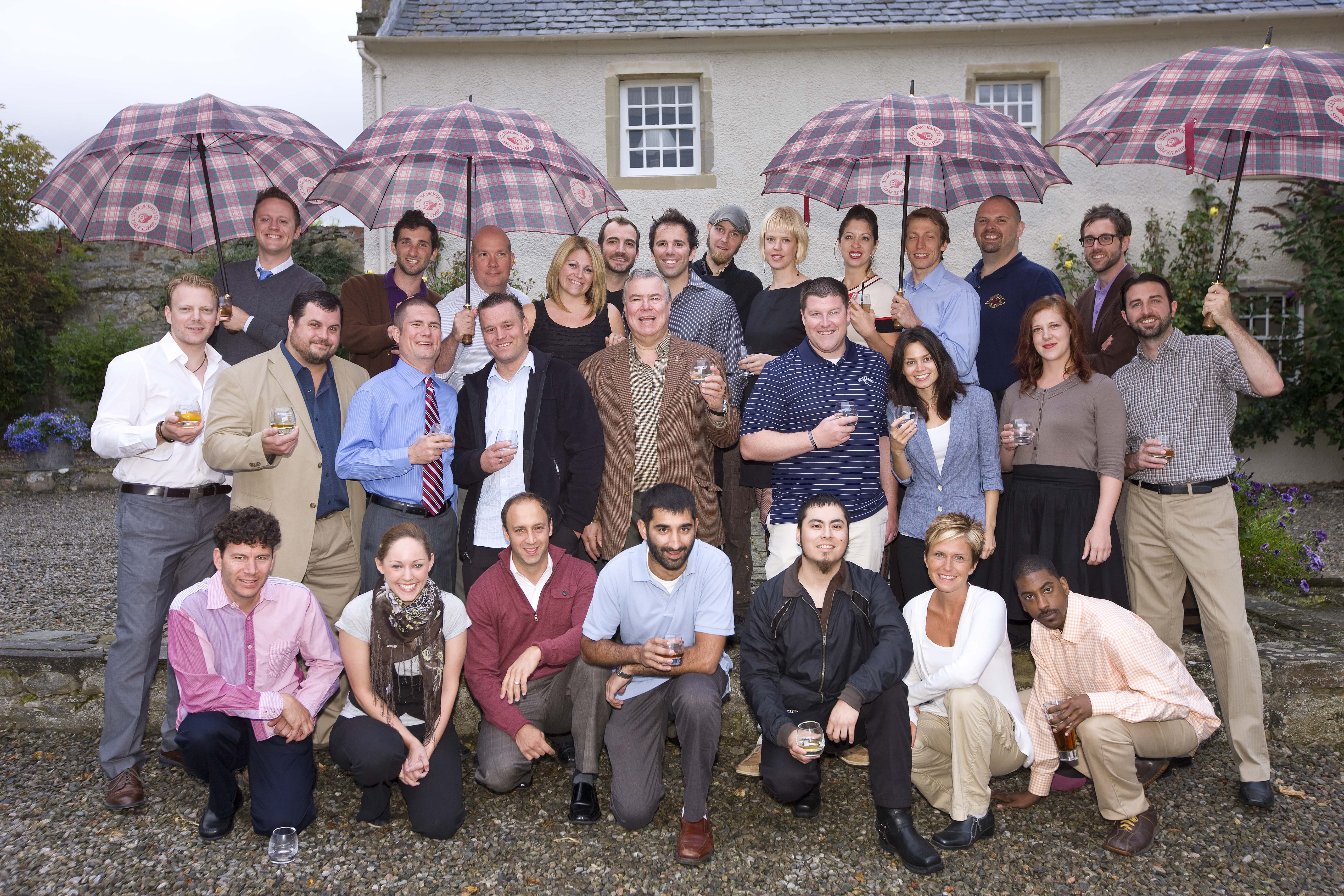A Rationale of Sugar Syrup in Cocktails
30 Aug
A RATIONALE OF SUGAR SYRUP IN COCKTAILS
Todd Appel
This has been a very important subject and one that for some reason still has some controversy over in our new world of drink mixing. One would think sugar syrup wouldn’t be a hot button issue, but whenever I have brought it up, I get some pretty hot responses and like I am a heretic that I should even question such a law of “mixology”. But there are some very good historical as well as logical reasons for my disdain of 1-1 simple syrup in cocktails.
For years I have wondered why my taste buds seemed to be at odds with many of the classic and new cocktails being offered around the country in during the renaissance of our modern cocktail world.
And I thought about something important that I realized many years ago.
Syrup in cocktails should be sugar heavy. Not to make the drinks sugar heavy, but to balance the sour ratios to their proper place and lessen added water.
The original reason for making syrup for cocktails and other drinks was to make the sugar soluble. Pure and simple, no pun intended. One doesn’t need an equal amount of water to dissolve sugar, and I can only speculate as to how this practice came to be. But I believe it was out of a bit of laziness and expediency, both very human traits, but traits that unfortunately lead to things like “White Whiskey” and “Hamburger Helper”.
Many of the oldest drink recipes call for lump sugar to be dissolved by crushing or mixing. This became impractical as the cocktail evolved and pre-melting the sugar into a syrup became a standard.
That being said, the logical conclusion would be to nudge the solid sugar into liquid sugar. But we can’t realistically have that so we must add water to melt the sugar. Logic would have us add only as much water as needed to melt the sugar to be as close to liquid sugar as possible. But that logic has, for some reason, eluded far too many in our modern cocktail world.
Some basic premises, first.
1 When making cocktails, the general rule is that any outside water that gets into the drink, that isn’t added on purpose, will come from the ice melt and/or any juice. This is very important to getting the correct dilution for spirits in cocktails.
2 The more water you have in your syrup ratio, the less sugar you have in your measurements and the more water you have in your cocktail, and the reverse.
These two points are incredibly important to making a balanced cocktail, particularly when trying to recreate classic recipes that call for sugar, sugar syrup or gomme syrup.
But points that I realized have been lost on nearly the entire renaissance of cocktail culture in the US.
While there is a definite demand for quality ice and attention to ice melt today, there hasn’t been that same attention to the water and sugar in 1-1 sugar syrup.
It is also the reason, I believe, that far too many cocktails in our new cocktail world are terribly unbalanced, even though they seem to be following classic recipes to a tee. And those erroneous ratios are also translated to many modern originals today with the same poor results.
In Cooling Cups and Dainty Drinks, (William Terrington, 2nd edition,1870, pg. 60) for making syrup…”..(sugar) …should be close in texture and hard to break. It requires for its solution one-third of its weight in cold, and less of boiling water.” This is a 3-1 sugar to water ratio.
When reading the classic Embury tome, The Fine Art of Mixing Drinks (David Embury,1948), some time ago, I was very disappointed to see his ratios of citrus juice to syrup up to 2-1 in his cocktail recipes, until I read his ratios of sugar to water in his syrup. Now it made much more sense and was important historical and logical evidence to support the use of heavy sugar syrup in cocktails..
He used almost pure liquid sugar and not the 1-1 sugar water that so many of today’s mixologists blindly use and not adjusted to the ratios that Embury might suggest. This leads to a complete disaster in the final product..
The problem here is twofold. 1-1 syrup offers more water and less sugar. This leads to more dilution and/or overly acidic drinks. Another problem is that if you are using measuring cups and not using a scale, you will have even less than a 1-1 ratio since a cup of dry granulated sugar weighs less than a cup of water.
Embury goes on about the sugar to water ratio to my absolute delight..”The object to determining the ratio of sugar and water is to make the syrup as heavy as possible without getting later crystallization. I have found that a mixture of 3 cups of sugar to each cup of water yields very satisfactory syrup.”
EUREKA!!!
Embury also goes on to state he uses only syrups in even his Old-Fashioned cocktails and other cocktails that call for granulated or lump sugar and that there is absolutely no need nor desire to use gum arabic in syrups (pg 83-84, Art of Mixing Mixing Drinks, Embury)
The 1-1 ratio for simple syrup in cocktails is the elephant in the room of bartenders and mixology today.
I can’t think of one cocktail that would be better served with a ratio of more water, less sugar and/or more acid than what is called for in it’s recipe, and that is exactly what is happening in even some of the best cocktail bars in around the country.
The idea of delineating “rich” simple syrup vs “regular” simple syrup use in cocktails today is rendered inane with this realization.
All cocktails that use sugar really should use at a minimum a 2-1 ratio and the days of blindly using 1-1 sugar water in any cocktail needs to be a thing of the recent past.

